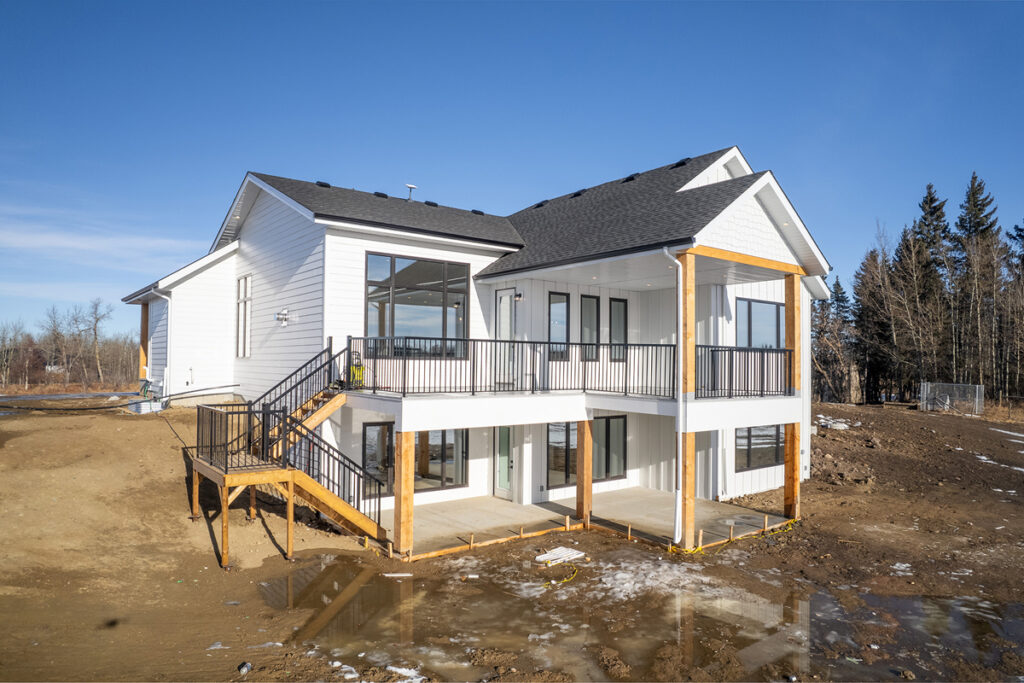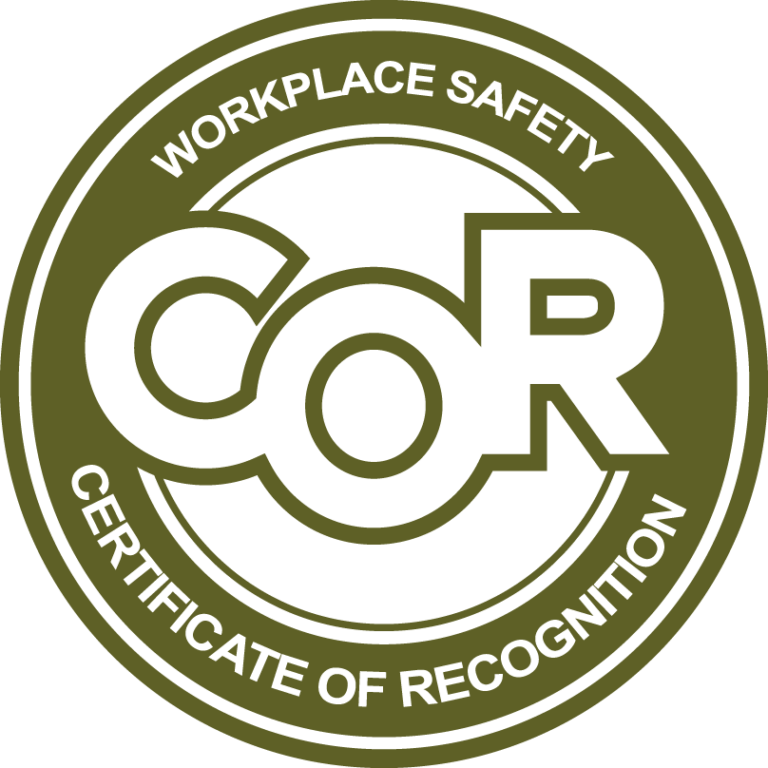When designing or upgrading a building’s exterior, energy performance is just as important as aesthetics or durability. Siding plays a critical role in regulating indoor temperatures, preventing air leaks, and reducing long-term heating and cooling costs—especially in Alberta’s climate. The right siding solution, combined with quality installation and insulation, can make a measurable difference in a property’s energy efficiency.
At Great Canadian Exteriors, we’ve sided over 10,000 buildings across Edmonton with high-performance materials like vinyl, fiber cement, metal, and EIFS. Our siding installation and repair services are designed to help builders and developers meet thermal performance standards, reduce energy waste, and increase building envelope resilience.
Why Siding Matters in Energy Efficiency
Siding functions as part of a building’s thermal envelope—the barrier between conditioned indoor space and the outside environment. When paired with proper insulation and moisture control systems, siding helps reduce heat transfer, block wind infiltration, and prevent water intrusion. In Edmonton, where winters are long and cold and summers bring significant heat, this thermal regulation is essential to maintaining interior comfort and controlling energy usage.
Energy-efficient siding reduces reliance on HVAC systems, which can result in lower utility bills and a smaller environmental footprint. This is especially important for commercial and multi-family developments aiming to meet performance benchmarks or green building certifications.
The Role of Insulated Siding
Insulated siding includes a layer of rigid foam insulation adhered to the back of each panel. This added insulation increases the wall’s overall R-value—a measure of how effectively a material resists heat flow. The higher the R-value, the better the wall system is at keeping warm air in during the winter and blocking heat out during the summer. In addition to improving thermal performance, insulated siding also helps smooth out wall imperfections and creates a sturdier, more impact-resistant exterior.
For properties where wall cavity insulation may be limited—or where continuous exterior insulation is part of the design strategy—insulated siding can be a practical and cost-effective upgrade. Vinyl and fiber cement options are both available in insulated versions that balance thermal performance with low maintenance and visual appeal.
Vapour Barriers and Moisture Management
Proper energy efficiency depends not only on insulation but also on controlling moisture. A well-installed vapour barrier helps prevent warm indoor air from condensing within wall cavities during cold weather. If siding is improperly installed or flashing is poorly detailed, trapped moisture can lead to rot, mould, and degraded insulation performance.
Our team ensures that all siding assemblies—including those with vapour barriers, rainscreens, or EIFS—are built to resist moisture intrusion and allow proper drainage and drying. This holistic approach protects both energy efficiency and building longevity.
The Impact of Material Choice
The energy performance of siding depends in part on the material selected. Each type offers unique benefits in terms of insulation, thermal bridging, and maintenance:
- Vinyl Siding: Affordable and lightweight, vinyl can be installed with foam-backed panels or over continuous insulation for enhanced energy performance.
- Fiber Cement (Hardie Board): Durable and fire-resistant, this material performs well in extreme climates when paired with exterior insulation and vapour control layers.
- Metal Siding: Reflective surfaces reduce solar heat gain in summer. When installed with thermal breaks and continuous insulation, metal panels can be energy-efficient in both commercial and residential contexts.
- EIFS (Exterior Insulation and Finish Systems): One of the most energy-efficient cladding systems available, EIFS combines exterior insulation with an air and moisture barrier, making it ideal for maximizing thermal performance.
If you’re unsure whether your current cladding is performing as it should, it may be worth reviewing the top signs your siding needs to be replaced.
Proper Installation Is Key
No matter how high-performing the siding product is, it won’t deliver energy savings if installed incorrectly. Gaps, thermal bridging, missing flashing, or poorly sealed joints can allow air and moisture to bypass the insulation layer—leading to drafts, mould, or higher energy bills.
Our dedicated siding teams follow precise installation protocols and integrate with other trades on-site to ensure continuity in the building envelope. From soffits and fascia to eavestroughs and underlayments, we coordinate each component to prevent weak points and ensure thermal continuity.
Building Value Through Efficiency
Energy-efficient siding doesn’t just lower monthly costs—it also enhances property value, tenant comfort, and long-term ROI. For developers and property managers, improving thermal performance through cladding is a smart investment that supports sustainability goals, reduces maintenance, and aligns with increasing demand for energy-conscious buildings.
Partner with Edmonton’s Siding Experts
As the largest siding contractor in Edmonton, Great Canadian Exteriors delivers scalable, efficient solutions for builders across residential, commercial, and custom projects. Our experience across 10,000+ properties—and our dedicated crews for each service—means your job stays on schedule, on budget, and up to code.If you’re looking to improve a building’s energy efficiency through siding, contact our team to discuss insulation options, vapour barriers, or a complete envelope upgrade.

